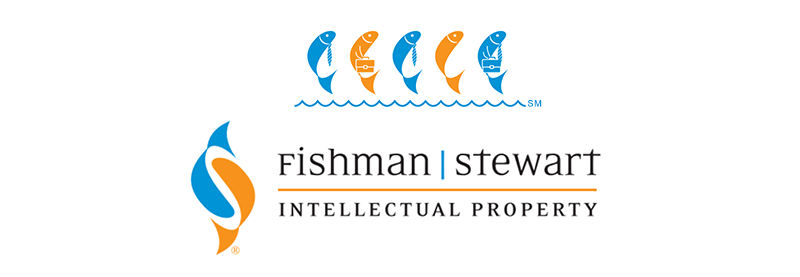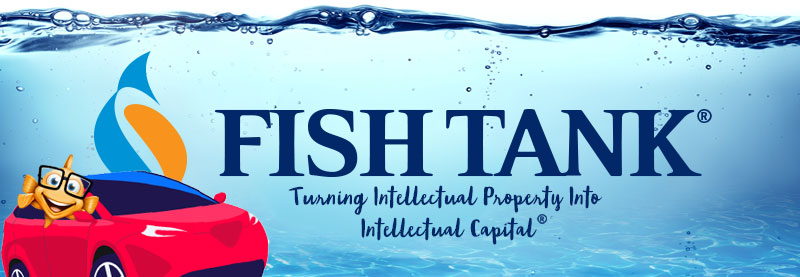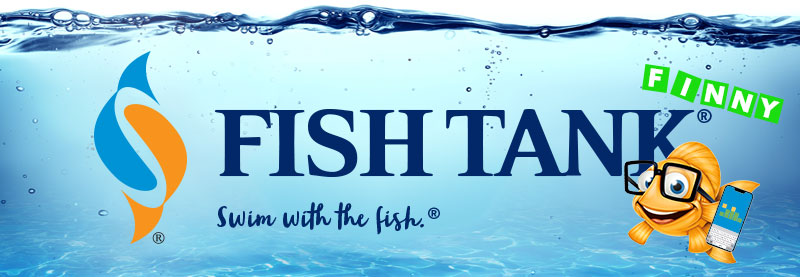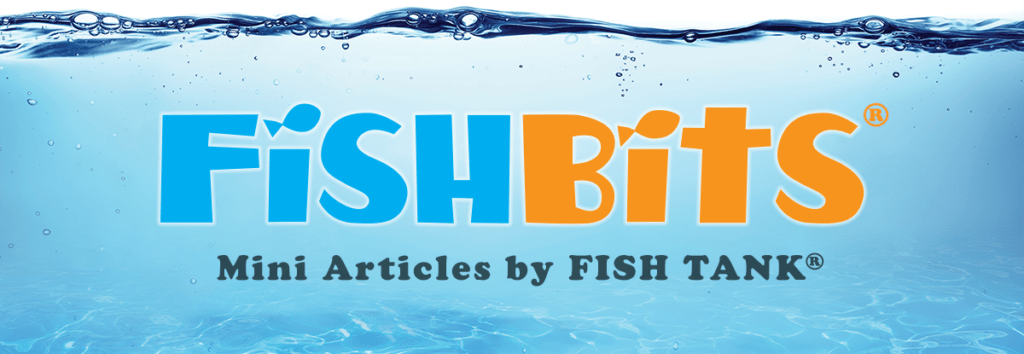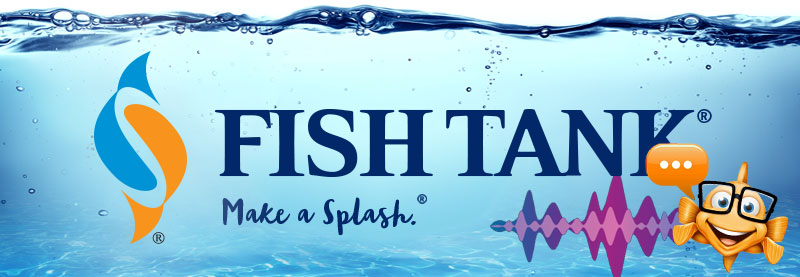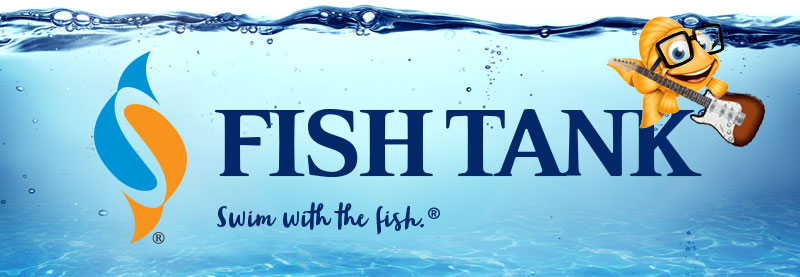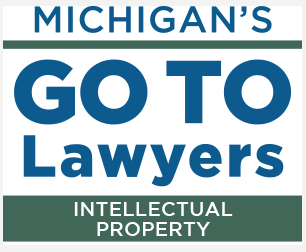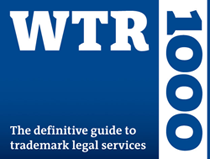Intellectual Property Insights from Fishman Stewart PLLC
Newsletter – Volume 23, Issue 7
Share on Social
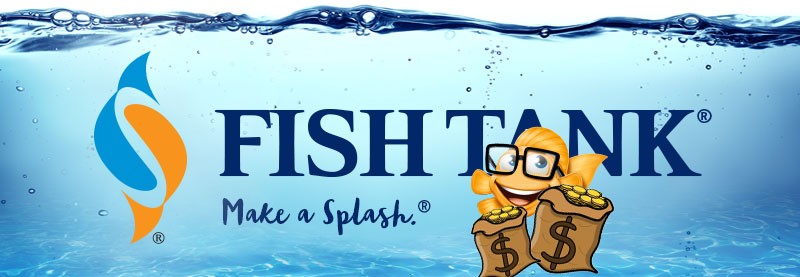
Take That to the Bank: Securing Your Creativity
By Michael B. Stewart
Back in 2008, Roku® launched their revolutionary digital media player and streaming internet content to televisions was born. Today, there are more than 70 million of such devices in use. Achieving funding for a start-up with a new idea is difficult without collateral, but Roku founder and inventor Anthony Wood leveraged the company’s patents and trademarks to secure loans.
Recently-collapsed Silicon Valley Bank (SVB) stepped up as an early lender to Roku. Additionally, SVB took the necessary step to record security interests in Roku’s intellectual property assets with the United States Patent and Trademark Office (USPTO) (example here). Such recordations are required to put third parties on notice that a security interest exists, and if not done, the omission may be fatal to an investor later attempting to enforce its security interest against a breaching debtor.
Assignments and security interests that have been recorded with the USPTO are readily available to the public. Copyright assignments can be viewed here. Similarly, security interests for many non-US intellectual property assets can be secured under the laws of the applicable jurisdiction.
There are unexpected lessons to be gleaned from the relationship between Roku and SVB in the context of the recent banking turmoil in the United States, whether you are a creator of intellectual property or an investor. Creativity that is captured and turned into intellectual property becomes magical. Not only does its existence provide a competitive advantage in the marketplace, but it also has the essential characteristics of a tangible asset, especially its ability to be a capital asset that can appear on balance sheets. Thus, your intellectual property can be used as collateral to secure funding.
If you are seeking to capitalize on the value of your intellectual property, make sure your potential investors know about it, so that they can include it as collateral to support funding. On the flip side, if you are an investor, look for collateral based on creativity, and then take appropriate steps to implement an enforceable security interest so that if the creator defaults on its financial obligations, you can take ownership of the intellectual property asset as repayment for the outstanding debt. Ultimately, this is no different in practice from recording a lien to real estate, although more than one type of filing (e.g., both under the Uniform Commercial Code and with a federal agency) may be required to fully perfect an intellectual property-based interest.
While it may have been deficient in other ways, at least Silicon Valley Bank (SVB) had substantial capital assets in the form of intellectual property security interests, and this will be important for both SVB investors cleaning up the mess after its collapse and for SVB clients owning those assets. If you are curious, thousands of SVB related patent security interest documents and tens of thousands of SVB related trademark security interest documents are readily accessible from the USPTO.
In contrast, now-defunct Signature Bank is associated with virtually no security interests to patent-based collateral with the USPTO, which hurts the bank and its customers. Unfortunately, their patent aversion is not unique. A corresponding trademark search comparing Signature Bank with SVB is similarly unimpressive.
Each of us is creative. The key is to leverage that creativity, converting it into an intellectual property asset that enhances enterprise value. That can take the form of pioneering internet television streaming and leveraging the related IP protections for capital. But it can even be done with a fish named Finny! Our very own Sir Finnegan’s trademarks can be viewed here and here, and his copyright by searching “Finny the Fish – Standard.” here!
Michael Stewart is a founding member of Fishman Stewart. He has worked in a wide range of technical areas including information technology, e-commerce, telecommunications, and mechanical, aerospace, computer, and nuclear engineering. His practice includes domestic and foreign patent prosecution, e-commerce and information technology, patent opinions, intellectual property litigation, domestic and foreign trademark prosecution, trademark opinions, copyrights, trade secrets, rights of publicity, intellectual property evaluations/due diligence and drafting and negotiating technology and intellectual property agreements. Check out his full bio here.
Related Content from Fishman Stewart
Car enthusiasts are buzzing about Alfa Romeo's latest SUV which is also its first EV (plus a hybrid option). Initially branded as “Milano,” the name was changed to "Junior" after it was announced that the car would be produced in Poland.
The online word game Wordle was created in 2021 by Josh Wardle and quickly rose in popularity. Players receive a new puzzle daily with six chances to correctly guess a five-letter word of the day with limited clues.
In a recent decision, the U.S. Court of Appeal for the Eighth Circuit affirmed a jury verdict holding that the use of the "Success Kid" meme by a congressman's reelection campaign for fundraising purposes did not qualify as fair use.
In February 2024, proposed legislation was introduced in US House of Representatives which would extend copyright protection to golf courses. The bill is titled “Bolstering Intellectual Rights against Digital Infringement Enhancement Act” or the “BIRDIE Act”.
OpenAI recently held a live demonstration of a new ChatGPT version that included the use of an AI personal assistant voice dubbed “Sky.” Many observers compared Sky to Scarlett Johansson’s voice in the 2013 Spike Jonze romantic sci-fi film “Her,” which centers on a man who falls in love with the female voice of his computer’s operating system.
June is Pride Month, which honors the 1969 Stonewall Uprising in Manhattan and recognizes the impact that lesbian, gay, bisexual, and transgender (LGBTQ+) individuals have had on history locally, nationally, and internationally. The United States Patent and Trademark Office flies the Pride Flag and promotes the Pride community’s contributions with programming offered annually.
First-time inventions have led inventors to great successes throughout history, sometimes immediately, sometimes after several more attempts at more useful inventions. In the U.S., two very famous inventors with contrasting first-time experiences are Thomas Edison and Alexander Graham Bell.
June is Pride Month. This year we are celebrating with some IP tips for drag performers! Drag performers can protect their intellectual property by registering the copyrights in their original works of music, choreography, and comedy sketches.
Bands often start out as creative endeavors among friends, and bands may not prove lucrative for many years, if at all. Until bands break up, thought and planning may not be given to who is the owner of the band names and entitled to use them going forward.
You’re rarely more than a few yards from Finny’s favorite chips, semiconductor chips to be precise. But what exactly is a semiconductor chip?
IDENTIFYING, SECURING AND ADVANCING CREATIVITY®
